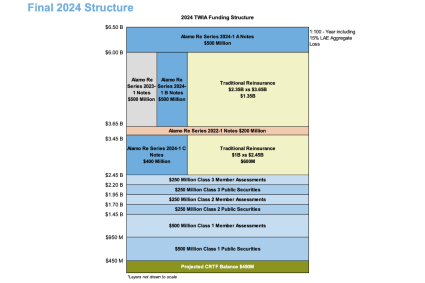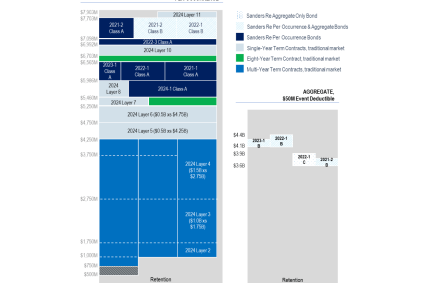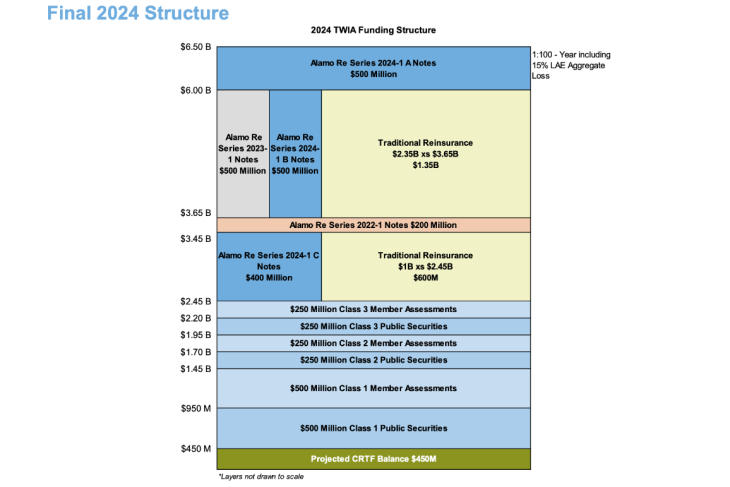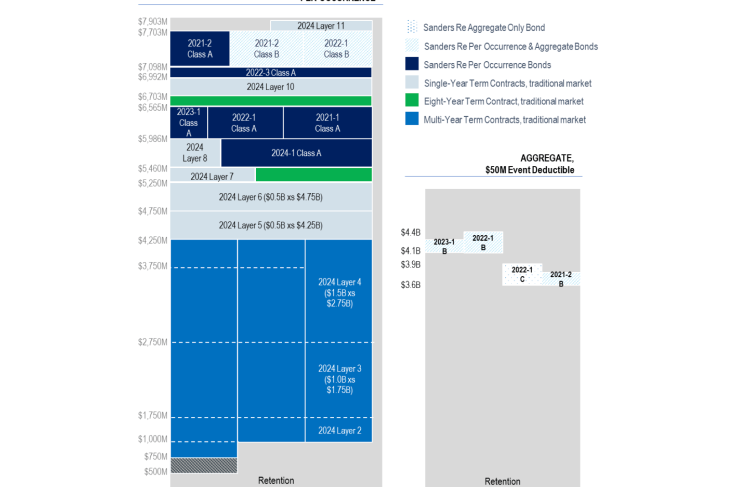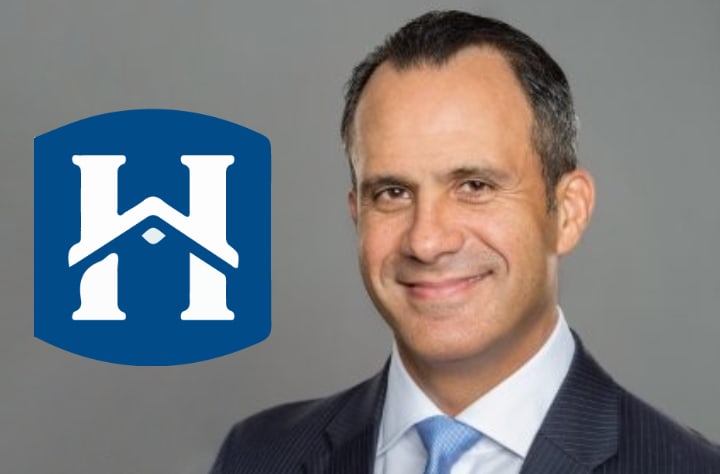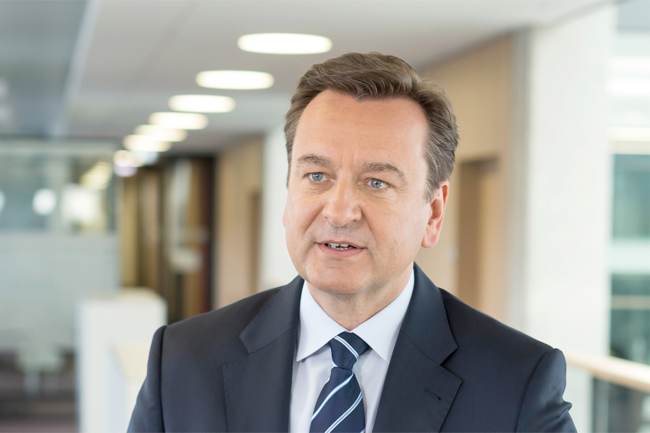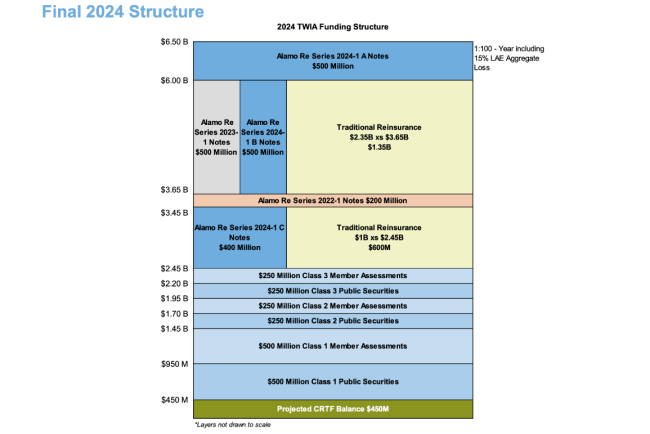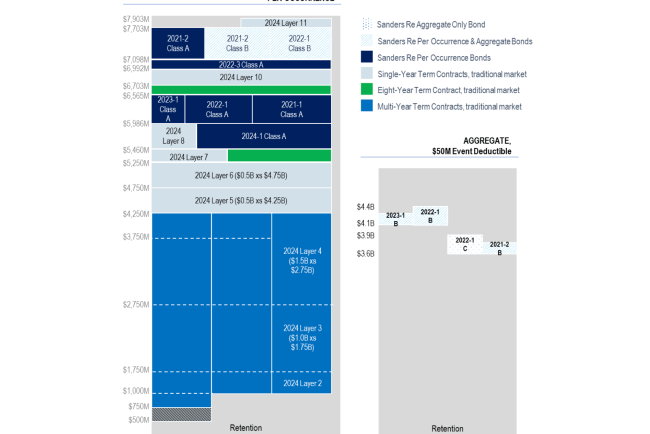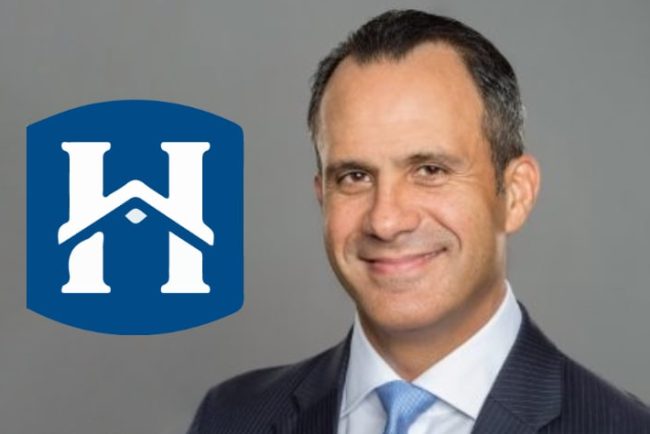
This content is copyright to www.artemis.bm and should not appear anywhere else, or an infringement has occurred.
Having spent time in Bermuda and attended the recent PwC Insurance Summit on the island, the equity analyst team at BMO Capital Markets has concluded that the insurance and reinsurance industry is suffering a lack of confidence in its risk models, which they say has been a key driver in capital flight and retrenching higher.
 Specifically on natural catastrophe risks, the BMO analysts team say that, “The industry is suffering from a lack of confidence in its models.”
Specifically on natural catastrophe risks, the BMO analysts team say that, “The industry is suffering from a lack of confidence in its models.”
Continuing to explain that, “Even if its models are more correct going forward, that mental dynamic will simply take time to fix.”
Weather is changing faster that what the climate models had suggested, the analysts state, which has been a driver of capital becoming “skittish” in reinsurance.
Capital becoming “skittish” means some has exited, but the analysts note that it has also led to capital asking for “more price and less risk”.
Capital will recover though, particularly, “If reinsurance returns are excellent this year and into the future, more capital should inevitably flow back into the marketplace.”
While demand is rising for capital to help out on bringing volatility back under control for corporates, insurers and others in the risk transfer chain.
Brokers are beginning to voice concerns and the BMO Capital Markets analysts said that, “Aon believes the pendulum has swung too far in terms of corporates being forced to take on higher deductibles, and it believes the market’s insurance policy terms & conditions will eventually ease.”
There is evidence that the utility of risk capital has reduced somewhat, for certain buyers of risk transfer protection, as they retain more of the ground-up losses themselves and find capital buffering from insurance or reinsurance has been reduced by the higher attachments and more restrictive terms.
Of course, capital has naturally retrenched higher and away from frequency risk, in response to the losses suffered and the fact models were seen to have been less effective on that specific period of catastrophe and weather loss activity.
The question then is whether climate is seen as a driver and how that evolves over time as well, as another factor impacting confidence to deploy capital to layers where loss activity can be more volatile.
To know all the answers needed, we really need to see a next phase of evolution in the models that are available, to deliver the confidence that might now be required in this volatile risk landscape.
Has the pendulum swung too far on catastrophe risk retention?
As we’ve explained recently, the increasing retention of catastrophe losses is becoming more of a challenge, as evidenced by some major insurance groups.
Aon had previously highlighted this issue as a critical area for market focus, where innovative efforts could help to fill some of the reinsurance protection gaps that have appeared.
While, a recent survey from reinsurance broker Gallagher Re showed that reinsurer appetite for writing aggregate coverage and lower-layers remains limited and is likely to remain so at the key January 2024 renewal season.
Plus rating agency Moody’s highlighted that the lack of aggregate reinsurance cover is now considered a business risk to the UK P&C insurance sector.
All of which has led to some, like US insurer Allstate, to enter the reinsurance market looking at aggregate stop-loss solutions that could help it cap the growing volatility in its results.
As well as an expectation that traditional reinsurance terms loosen somewhat, the BMO Capital Markets analysts believe we will see “creative alternative capital solutions” to this issue of greater catastrophe risk retention and weather volatility.
But the two issues, of confidence in models and resuming the underwriting of lower-layers and aggregate covers, are connected to a degree, as the confidence in the models is an element that gives capital more confidence to expose itself to greater potential volatility.
While structuring and capital markets innovation can certainly help here, without clearer visibility of the risks and a greater appreciation of the accuracy of models that help in understanding them, capital could remain cautious it seems.
At the same time, the inflationary effects on losses will continue, as values-at-risk in catastrophe exposed regions continue to rise.
Which means the number of large loss events that impact insurance and reinsurance capital can be expected to rise, meaning greater retention of volatility for as long as risk transfer solutions to lower-layers and aggregates remain less available.
Some in the industry are determined to remain at the higher-layers only and to avoid aggregate covers in the majority of cases.
The quota share is gaining favour as a solution to help in risk sharing of some lower-layer volatility, with sidecar activity elevated this year as a result.
But true solutions to the kind of frequency and volatility that delivers the most pain, both on the reinsurance and retrocession side, remain much less available at this time, despite a number of markets staying committed to provision of products that offer some support here.
On the risk model side, evolution continues apace and the advent of newer models, such as those utilising artificial intelligence, could help to restore more confidence in them.
But, models are only ever as good as their interpretation and the portfolio management and hedging decisions taken by their users, which of course is one area where the alpha in the industry is generated.
With model outputs directional, informing the choices that need to be made over how to construct portfolios, including what risks, regions, counterparties, and layers to underwrite or invest in, the models can feed into industry confidence which should in time help capital to become more willing to absorb frequency risks and lower-layer volatility.
But, whether we’ll ever see the kind of soft market products that have emerged in the past, remains to be seen.
Hopefully, we’ll see the market develop solutions that have an inherent alignment to them, that can help cedents with more of their volatility and frequency problems, while delivering risk commensurate returns to those providing the capital.
On model confidence, volatility, frequency and emergent reinsurance protection gaps was published by: www.Artemis.bm
Our catastrophe bond deal directory
Sign up for our free weekly email newsletter here.
